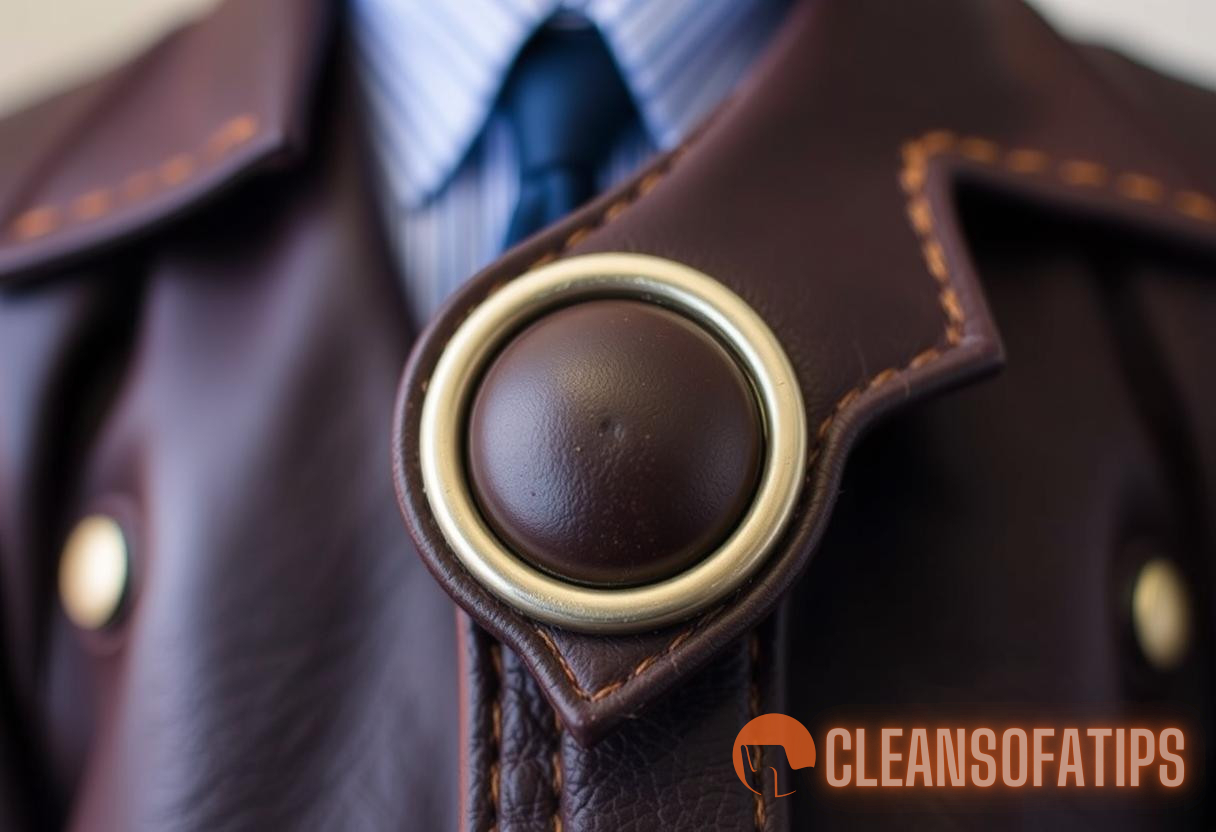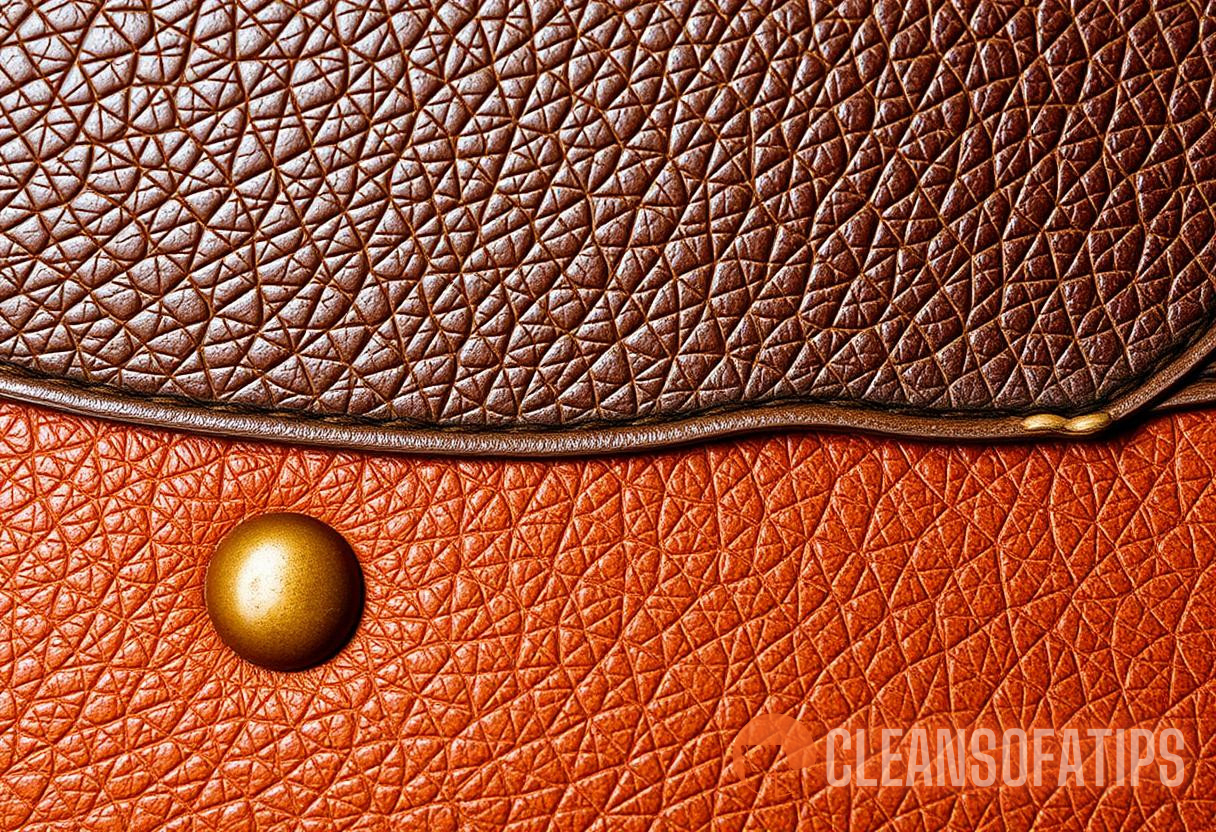Introduction
Leather is renowned for its timeless beauty and durability, making it a popular choice for furniture, accessories, and clothing. However, what truly sets leather apart is its ability to age gracefully, developing a unique character and patina over time. In this article, we will delve into the science and artistry behind leather aging, exploring the intricate processes that occur as leather matures. From the initial tanning process to the natural wear and tear over the years, we will uncover the secrets that make leather a true work of art.
The Tanning Process: A Foundation for Aging
The first step in the journey of leather aging begins with the tanning process. Tanning is a method that preserves raw animal hides and transforms them into leather, a material that is both durable and flexible. There are various tanning techniques employed, but the most common ones include vegetable tanning, chrome tanning, and aldehyde tanning. Each technique imparts unique characteristics to the leather, affecting its aging process. Here’s a closer look at each tanning method:
Vegetable Tanning
Vegetable tanning is one of the oldest and most traditional methods of tanning leather. It utilizes tannins found in the barks, branches, and leaves of trees to transform raw hides into leather. This process takes a longer time compared to other tanning methods, but it produces high-quality leather that develops a rich patina over time. Vegetable-tanned leather is known for its firmness, natural color, and characteristic smell.
Chrome Tanning
Chrome tanning revolutionized the leather industry when it was introduced in the early 20th century. This method involves the use of chromium salts to tan the leather rapidly. The result is a softer and more supple leather that is less susceptible to water damage and discoloration. Chrome tanned leather retains its original color and develops a subtle patina over time.
Aldehyde Tanning
Aldehyde tanning is a modern method that utilizes aldehydes, such as formaldehyde, to tan the leather. This method is often used for specialty leathers, such as patent leather and white leather. Aldehyde-tanned leather is highly resistant to water and has a distinctive shiny appearance. However, it does not develop a patina in the same way as vegetable or chrome-tanned leather.
The Science Behind Leather Aging
The aging of leather is a complex process influenced by a variety of factors, including exposure to light, air, moisture, and the oils from human skin. Over time, these elements interact with the chemical structure of the leather, leading to physical and aesthetic changes. Here are some key scientific principles that drive the aging process:
Oxidation
Oxidation is one of the primary mechanisms that promote leather aging. When leather is exposed to oxygen, the surface undergoes a chemical reaction known as oxidation, causing the leather to darken and develop a deeper color. This process is similar to how metal rusts over time. Oxidation can be accelerated by exposing the leather to sunlight or heat.
Hydrolysis
Hydrolysis is another chemical reaction that occurs during the aging process. It involves the breaking down of the leather’s internal chemical bonds due to the presence of water, humidity, or high moisture content. Hydrolysis can cause the leather to become weaker and more prone to damage. To mitigate this, it is important to keep leather items dry and avoid exposure to excessive moisture.
Microbial Activity
Microbes, such as bacteria and fungi, can also play a role in leather aging. When leather is exposed to moisture and organic matter, it creates an ideal environment for microbial growth. These microorganisms break down the organic components of the leather, contributing to its decomposition. To prevent microbial growth, it is essential to maintain a dry and clean environment for leather items.
The Artistry of Leather Aging
While leather aging is largely driven by scientific processes, there is an undeniable artistic element to it. The unique patterns and characteristics that emerge as leather ages are what make it truly captivating. Here are some artistic aspects to consider when appreciating the beauty of aged leather:

Patina
The patina is perhaps the most coveted characteristic of aged leather. It refers to the rich, natural sheen that develops as the leather goes through the aging process. Patina is a result of the oils from human skin, natural oils, and environmental factors interacting with the leather’s surface. Each piece of leather develops a unique patina, showcasing its individual history and use.
Color Variations
As leather ages, its color goes through subtle changes, often deepening and becoming more vibrant. The original color may mellow out, taking on warmer tones, or become richer and darker. These color variations add depth and character to the leather, making it visually appealing and unique.
Texture
The texture of leather also transforms as it ages. With time and use, the surface of the leather becomes softer and more supple. Creases, wrinkles, and small scars may develop, adding to the character of the leather. This change in texture contributes to the overall charm of aged leather items.
Preserving and Caring for Aged Leather
While the natural aging process of leather is highly desirable, it is important to care for and preserve aged leather to ensure its longevity. Here are some tips for maintaining and extending the lifespan of aged leather:
Clean Regularly
Regular cleaning is essential to remove dirt, grime, and oils that can accumulate on the surface of aged leather. Use a soft, damp cloth or a mild leather cleaner to gently cleanse the leather. Avoid using harsh chemicals or abrasive materials that can damage the leather’s surface.
Condition and Protect
Aged leather often requires additional conditioning to keep it soft and supple. Use a high-quality leather conditioner that is specifically formulated for aged leather. Apply the conditioner in a thin, even layer and allow it to be absorbed by the leather. This helps prevent drying, cracking, and stiffness.
Keep Away from Direct Sunlight
Direct sunlight can cause fading and discoloration of aged leather. Avoid placing leather items in areas exposed to direct sunlight for extended periods. If sunlight is unavoidable, consider using window coverings or applying a UV protective coating to minimize the damage.
Avoid Excessive Moisture
Excessive moisture can lead to mold, mildew, and deterioration of aged leather. Keep leather items away from areas with high humidity and moisture, such as bathrooms and basements. If leather gets wet, gently pat it dry with a soft cloth and allow it to air dry naturally.
Store Properly
When not in use, store aged leather items in a cool, dry place with good air circulation. Avoid storing leather items in plastic bags or airtight containers, as this can trap moisture and lead to mold growth. Instead, use breathable fabric or leather storage bags.
In Conclusion
Leather aging is a fascinating process that combines scientific principles with artistic elements. From the tanning process that forms the foundation to the interaction of elements that drive the aging process, leather aging is a testament to the durability and versatility of this timeless material. By understanding the science and caring for aged leather properly, we can enjoy the beauty and character that only time can create.
embedlinkstext=’Wikipedia‘ intlink1text=”leather care” intlink2text=”leather maintenance“

